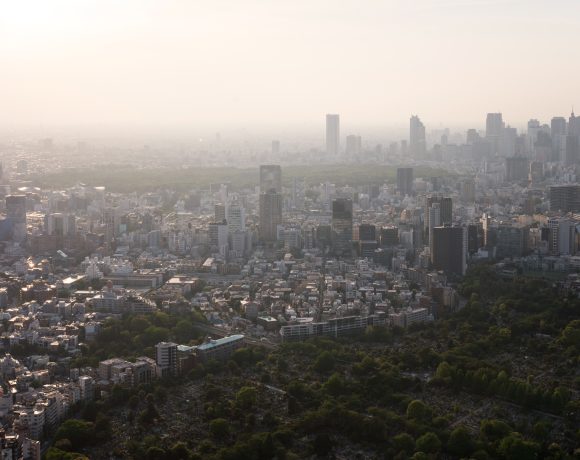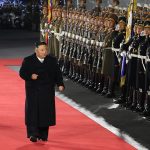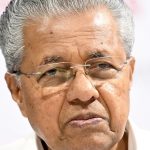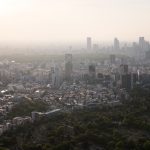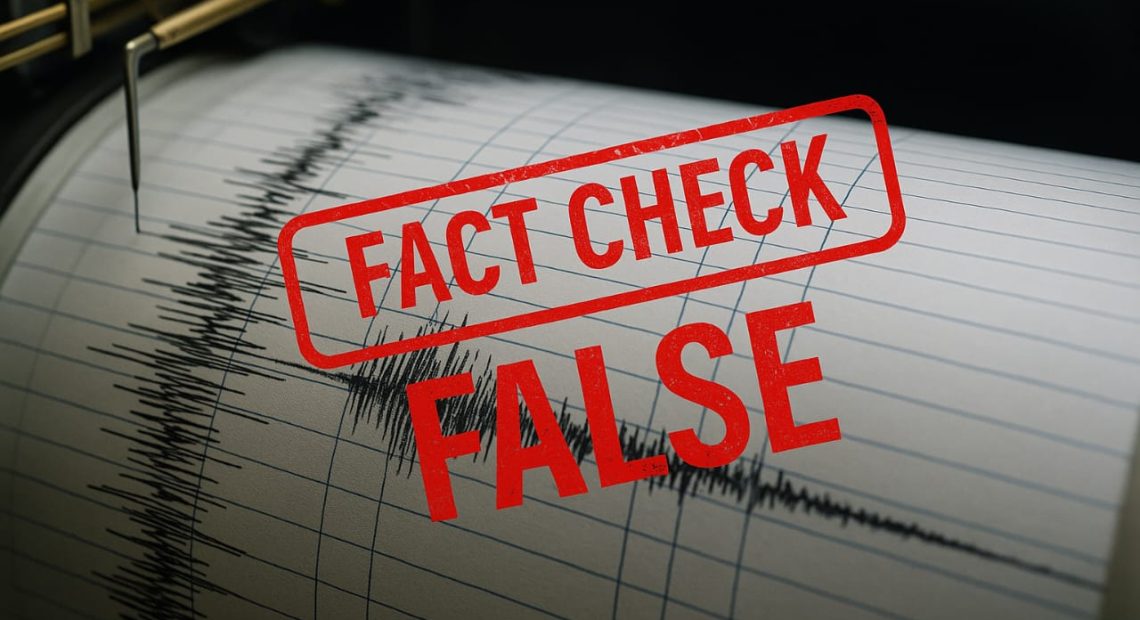
BPN Fact Check: Did Pakistan Secretly Conduct Nuclear Tests After Pahalgam Attack
In the days following the terror attack in Pahalgam and India’s retaliatory strikes, social media platforms in India have been abuzz with speculation that Pakistan may have secretly conducted nuclear tests under the guise of increased seismic activity. Several posts point to a swarm of earthquakes in northern Pakistan — particularly in Peshawar and Battagram — as suspicious and possibly linked to nuclear weapons testing. But does the science support this claim?
Let’s break down what we know.
Between April 16 and May 10, at least nine earthquakes measuring over 4.0 magnitude were recorded in northern Pakistan. These include six in and around Peshawar, and two in Battagram, both in the Khyber Pakhtunkhwa province. Magnitudes ranged from 4.0 to 4.6, with depths varying from 10 to 25 kilometers. These events are confirmed by international seismic observatories including EarthquakeList.org, the US Geological Survey (USGS), and Pakistan’s own Seismology Division.
So, is it plausible that these tremors were caused by underground nuclear explosions?
Scientifically, the answer is no.
Underground nuclear tests do produce seismic waves, and in fact, the global monitoring system for nuclear activity relies heavily on seismic data. However, nuclear tests generate very specific types of signals: they are sudden, sharp, high-frequency bursts — typically from a single shallow point — and do not occur in clusters. They also rarely exceed 1–2 events during a test sequence. The seismic profile of Pakistan’s recent earthquakes — spread over weeks, across multiple locations, and with varying magnitudes — aligns far more closely with natural tectonic stress release than with nuclear activity.
Additionally, no alerts have been triggered by the Comprehensive Nuclear-Test-Ban Treaty Organization (CTBTO), which operates a global network of over 300 monitoring stations. If Pakistan had detonated even a low-yield nuclear device, the CTBTO, USGS, or IRIS (Incorporated Research Institutions for Seismology) would have immediately flagged it. Even North Korea’s most covert nuclear tests were detected in real time. In this case, there has been complete silence from all global nuclear monitoring agencies — a strong indication that no test occurred.
Moreover, the region’s tectonic setting offers a natural explanation. Northern Pakistan lies at the convergence of the Indian and Eurasian plates, a collision zone known for high seismicity. Historically, this region has experienced abnormal clusters of earthquakes, such as in October–November 2005 after the Muzaffarabad earthquake, or in July 1992 in Kohat. The current pattern — a swarm without a preceding major quake — is rare but not unprecedented.
Adding to this, nearby regions including Afghanistan, the Hindu Kush, and northern India have also reported increased seismic activity during the same time frame. For instance, on April 19, a 5.8 magnitude earthquake struck near the Afghanistan-Tajikistan border. On May 10, a 4.6 quake hit Badakhshan. India too experienced tremors in the northeast on May 9. These patterns support the theory of regional tectonic stress release rather than isolated unnatural activity.
Other unnatural causes such as mining explosions, hydraulic fracturing, or underground military construction are also unlikely. There are no active fracking fields or major new infrastructure projects reported in the affected zones, and conventional blasts typically register at much lower magnitudes and do not repeat with this frequency or geographic spread.
In conclusion, the claim that Pakistan has conducted secret nuclear tests post-Pahalgam attack is unsupported by science, seismic evidence, or international monitoring. While the seismic activity is indeed unusual, it is consistent with natural tectonic behavior observed in this highly active zone. Speculation without data risks spreading misinformation at a time when regional stability is already fragile.
BPN Verdict: False. There is no credible evidence that Pakistan conducted nuclear tests in April–May 2025. The earthquakes are real but naturally occurring.


